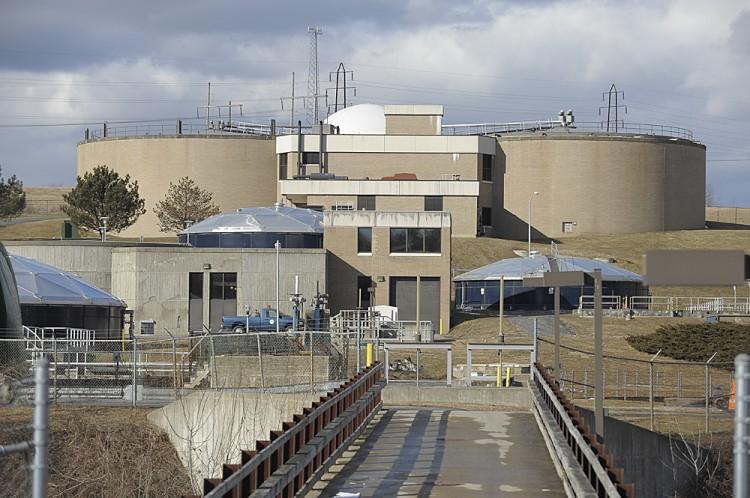NEW YORK—A wastewater treatment plant in New York state has become the first in the United States to reach the capability of energy-independence. The plant is almost entirely powered by methane gas derived from its own wastewater and therefore hardly imports energy.
The Gloversville-Johnstown Joint Wastewater Treatment Facility near Albany serves as an economically viable example for solutions to the growing problem of reducing air pollution and improving energy security. Technologies called anaerobic digestion and combined heat and power make it possible for wastewater plants to turn sewage into fuel, and in turn save energy, and even pay for itself.
“Every community that has the environmental liability of a wastewater treatment plant can utilize this liability for its own advantage and turn it into asset,” said Robert Ostapczuk, from ARCADIS, an international engineering consultancy company.
In April, ARCADIS won several design awards for its work on the plant from organizations such as the American Council of Engineering Companies and the American Academy of Environmental Engineers.
The cities of Gloversville and Johnstown in Fulton County have jointly run a mid-sized treatment plant to take care of their sewage and wastewater for four decades.
In the early 1990s, the plant struggled to maintain operations because the volume of incoming waste from nearby factories dropped, while energy, debit service and personnel costs soared.






